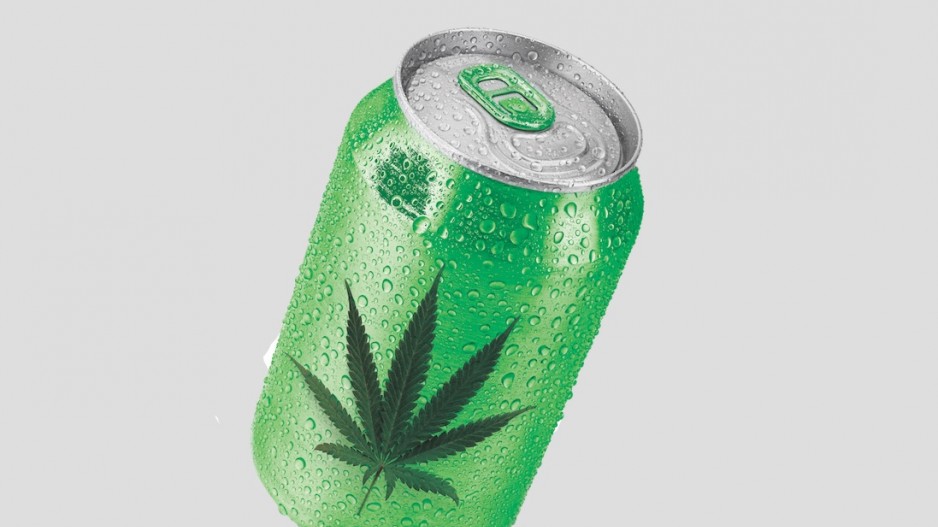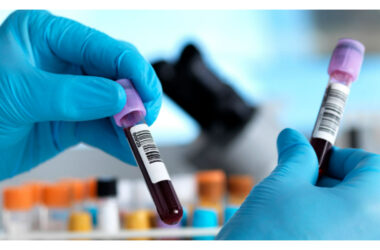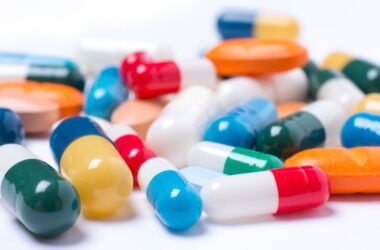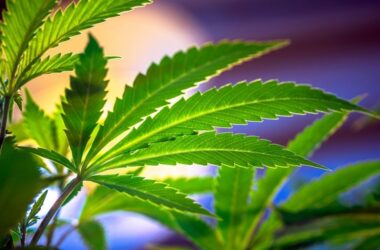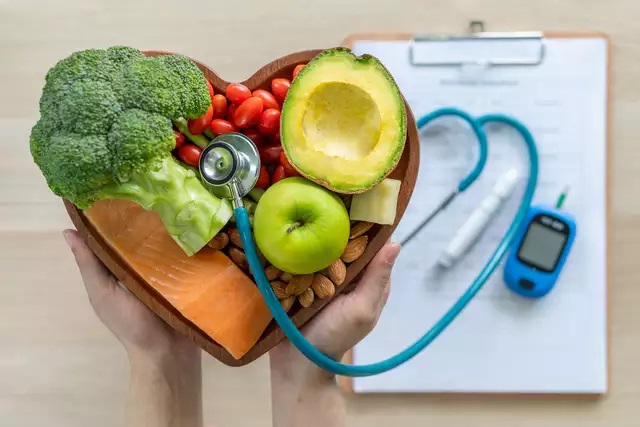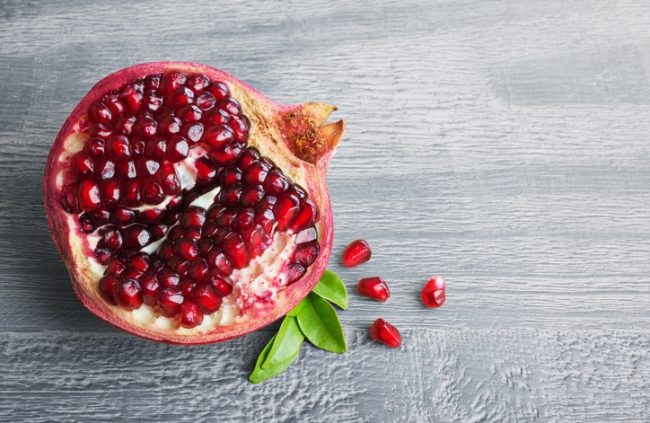The timing of cannabis consumption significantly impacts your experience, particularly when it comes to THC-infused beverages. As these products gain popularity in legal markets, understanding the optimal timing for consumption becomes crucial for both enjoyment and effectiveness.
Morning consumption
While traditional wisdom might suggest avoiding cannabis products in the morning, some consumers find early hours ideal for THC-infused beverages, particularly those with lower concentrations. The morning metabolism tends to be more active, potentially leading to faster absorption and processing of cannabinoids. However, it’s essential to consider your daily responsibilities and schedule before incorporating these beverages into your morning routine.
Midday timing considerations
Consuming THC beverages during midday presents unique advantages and challenges. The body’s endocannabinoid system shows varying levels of activity throughout the day, with notable fluctuations around noon. This timing allows for better integration with meals, as food in your system can help moderate the absorption rate of THC, potentially leading to a more balanced experience.
Pre-exercise window
For those interested in combining cannabis with physical activity, timing becomes particularly crucial. Some athletes report enhanced focus and reduced exercise-induced inflammation when consuming low-dose THC beverages about 30-45 minutes before their workout. This practice requires careful attention to dosage and individual tolerance levels.
Evening relaxation timing
The evening hours often prove most popular for THC beverage consumption. As the day winds down, the body’s natural cortisol levels decrease, potentially creating an optimal environment for THC absorption. The slower pace of evening activities also allows for better monitoring of effects and adjustment to the experience.
Social settings and time management
When planning social gatherings, timing THC beverage consumption requires strategic thinking. Unlike alcohol, which typically shows effects within minutes, THC beverages take 30-90 minutes to reach full effect. This delayed onset necessitates careful planning to align peak effects with social activities.
Metabolism factor
As cannabis-infused beverages continue gaining popularity, understanding your metabolism becomes crucial. These weed drinks interact differently with the body compared to inhaled cannabis or edibles. The liquid form allows for quicker absorption through the digestive system, but factors like recent meals, metabolism speed, and individual biochemistry influence the optimal consumption time.
Circadian rhythm alignment
Scientific research suggests that the body’s natural circadian rhythm affects how it processes cannabinoids. weed drinks consumed in alignment with these natural rhythms might offer enhanced effects. The body’s endocannabinoid system shows peak activity during certain hours, which varies among individuals based on their sleep-wake cycles.
Sleep cycle timing
When using THC beverages to support sleep, timing becomes particularly critical. Consuming these products too close to bedtime might disrupt natural sleep patterns while taking them too early could mean the effects wear off before sleep. The sweet spot typically falls about 2-3 hours before the intended sleep time, allowing the body to process the THC and transition naturally into rest.
Duration and planning
Unlike traditional cannabis consumption methods, THC-infused beverages require specific planning around duration. Effects typically last 4-6 hours, though this varies based on dosage and individual factors. Understanding this timeline helps in planning activities and ensuring appropriate timing for responsibilities.
Integration with daily routines
Successfully incorporating THC beverages into daily life requires understanding how timing affects regular activities. Whether used for creativity, relaxation, or social engagement, aligning consumption with natural breaks in daily routines often proves most effective.
Looking toward responsible consumption patterns, the focus increasingly shifts to understanding individual responses and creating personalized timing strategies. This approach, combined with awareness of legal and health considerations, supports optimal experiences with THC-infused beverages.


